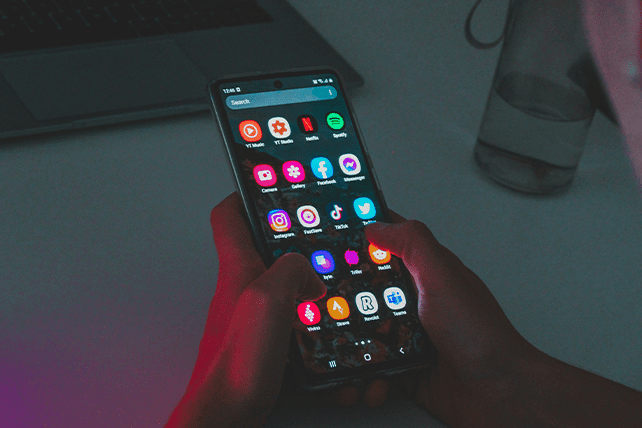Modern technological advances have made life more convenient than ever. The internet and social media have created global ability for people to connect and share. Life has become more instantaneous and accessible than ever. Yet anxiety, particularly in America’s youth, continues to skyrocket in the millennium.
According to the National Institute of Health, one in three teenagers aged between 13–18 will experience an anxiety disorder. Seventy percent of adolescents report anxiety and mental health as a major concern. What exactly is happening to our youth, and how do we address it? Recently Dr. Ryan Burkhart, Dean of the School of Counseling at Colorado Christian University and Executive Director of the Colorado Counseling Association, said, “This is the most connected generation ever, and also the most lonely,” during a recent CCU Chancellor’s Lecture Series.
He’s right. America’s adolescents are overly exposed to technology, and it has become a main transmitter of developmental messages. While communication and technological advances provide benefits to culture generally, they also provide open access never seen before. A story, a photo, or a video posted can “go viral” within literal seconds. This has facilitated immense power to spread information, but it can also cause overexposure to content too developmentally advanced for youth, and even risks secondary forms of trauma. Between recent years of charged cultural divide, international conflicts, and especially the effects of the COVID pandemic, adolescents have become hyper-aware of the challenges faced in the world around them. The constant messaging received by youth has increased feelings of instability, perpetuating their anxiety.
Similarly, the rise of smartphones created unlimited social media access for adolescents, which has become a primary source of their formation. The more time adolescents report on social media, the higher their reports of corresponding dissatisfaction and anxiety. They are bombarded with limitless and often unrealistic lifestyles for comparison. These negative messages target and destroy their self-worth. In worst-case scenarios, adolescents can be subjected to bullying and harassment or victimized in unsafe situations. In turn, teenagers struggle to separate what is virtual from what is reality.
There is no slowing rapid technology. However, there are steps we can take in response to reduce our youth’s anxiety and strengthen them for the future. Resilience is built over time and through stable development. Parents and the family system have the God-given placeholder as the first line of defense. They serve as the secure foundation for youth and can take back the role as the primary source of messaging for adolescent growth.
Ronald Reagan once said, “All great change in America starts at the dinner table.” Time and intentionality from parents invested in instilling values and building conversation around these adolescent challenges are the most powerful preventative interventions a family and culture can utilize.
Similarly, parents can reclaim their teenagers’ mental health by setting boundaries in adolescent exposure to internet and social media access as a proactive step to reclaim their teenager’s mental health.

